Submitted by WA Contents
Austria focuses refugee crisis with the topic of “Places for People” in Venice Biennale 2016
Austria Architecture News - Dec 24, 2015 - 09:54 8738 views
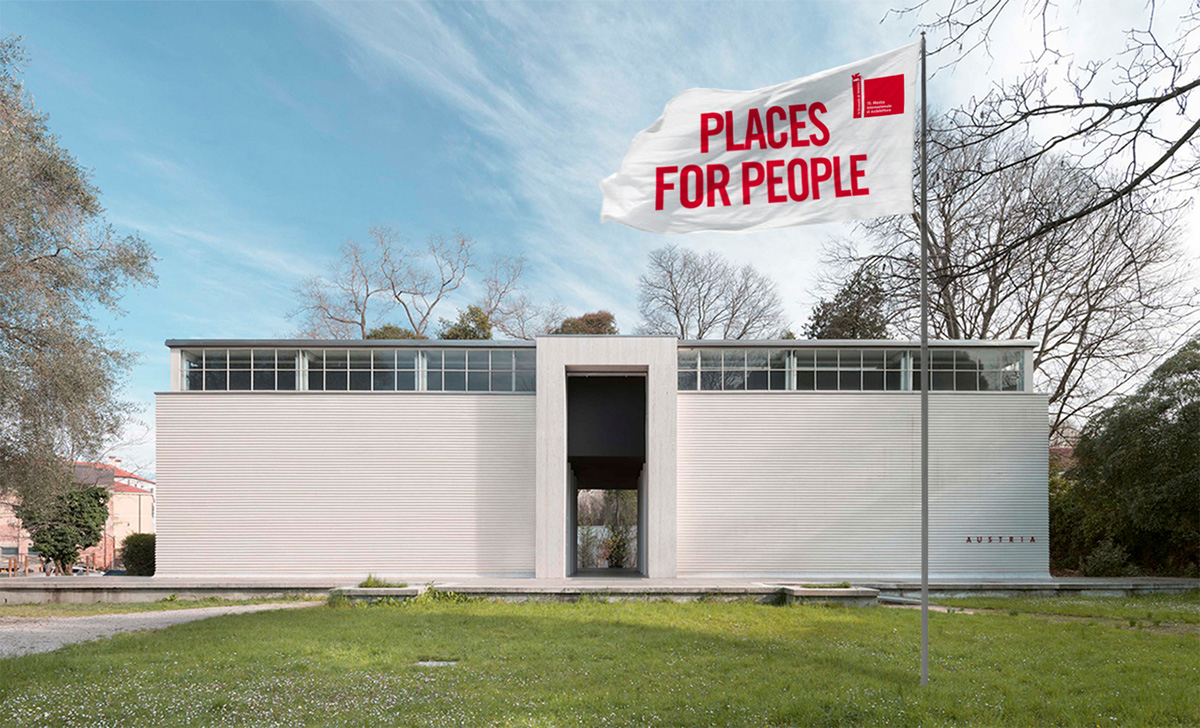
Austrian Pavilion (Montage), Places for People.
all images courtesy of Austrian Pavilion / Places for People
“Places for People” is the title of Austria’s contribution to the 15th Architecture Biennale 2016 in Venice. The Curator Elke Delugan-Meissl has chosen to use the refugee crisis as the occasion for not only occupying the pavilion in Venice but also initiating three projects in Vienna which will address the reuse of empty properties for the temporary accommodation of people while their asylum applications are being processed. Austria’s contribution “Places for People” will take place in both Vienna and Venice.
Elke Delugan-Meissl has selected three Vienna architecture and design offices who will spend the next few months investigating both the scope of architecture in the social field and the potential of the urban environment, including EOOS, Caramel Architekten, theNEXTenterprise. The results of the processes carried out by the teams will be presented to the public at the 15th Architecture Biennale in Venice “Reporting From The Front” -28th May – 27th November 2016.
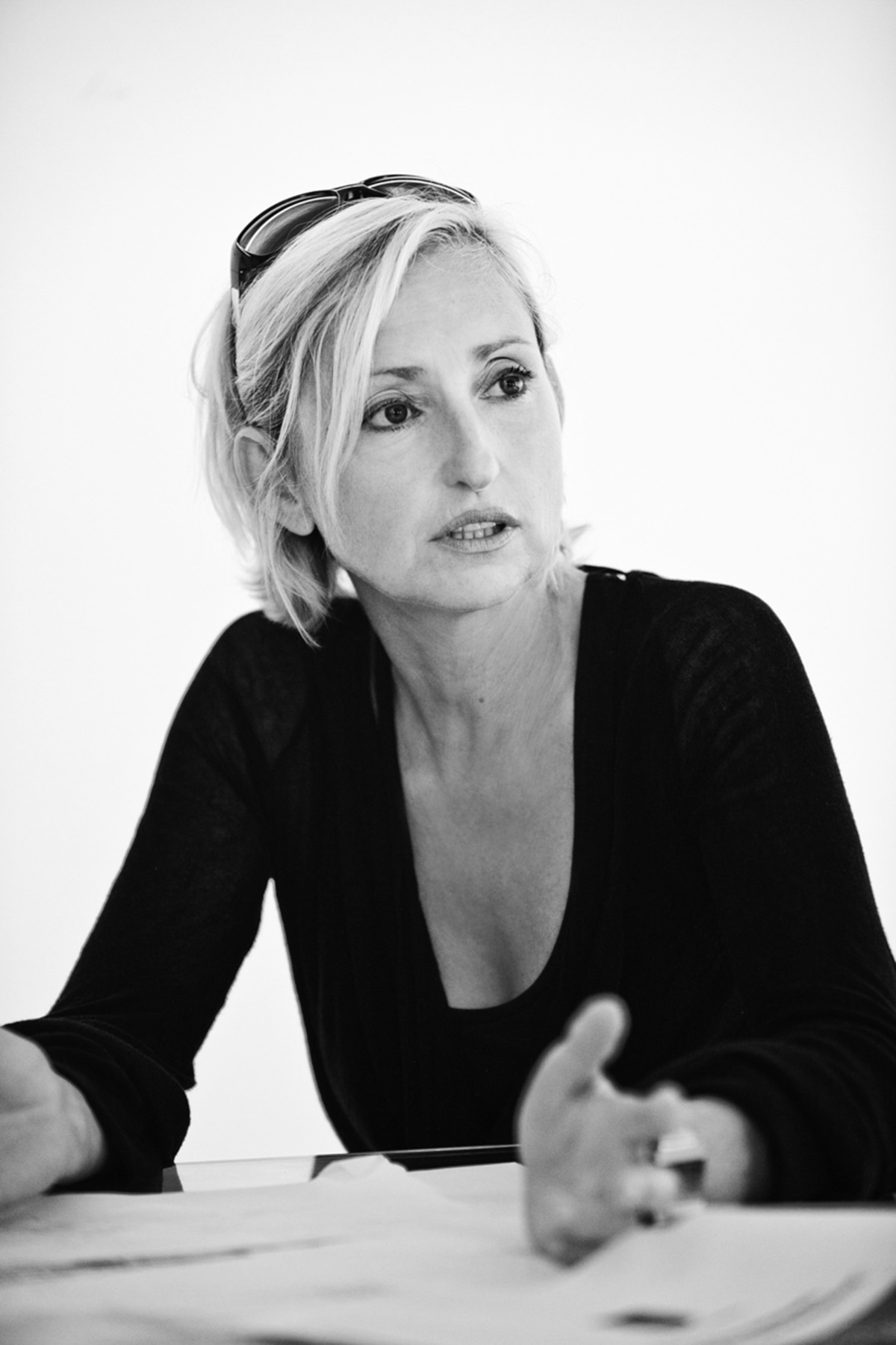
Elke Delugan-Meissl. Curator Austrian Pavilion Architecture Biennale 2016.
The “Places for People” initiative has set itself the task of combining the know-how of selected Austrian architects, the public forum and prestige of the Biennale, the related production budget, the expertise of NGOs and the support of sponsors and then to use the widest possible range of architectural tools in order to adapt broadly suitable buildings in such a way that they offer people civilised accommodation and ongoing support.
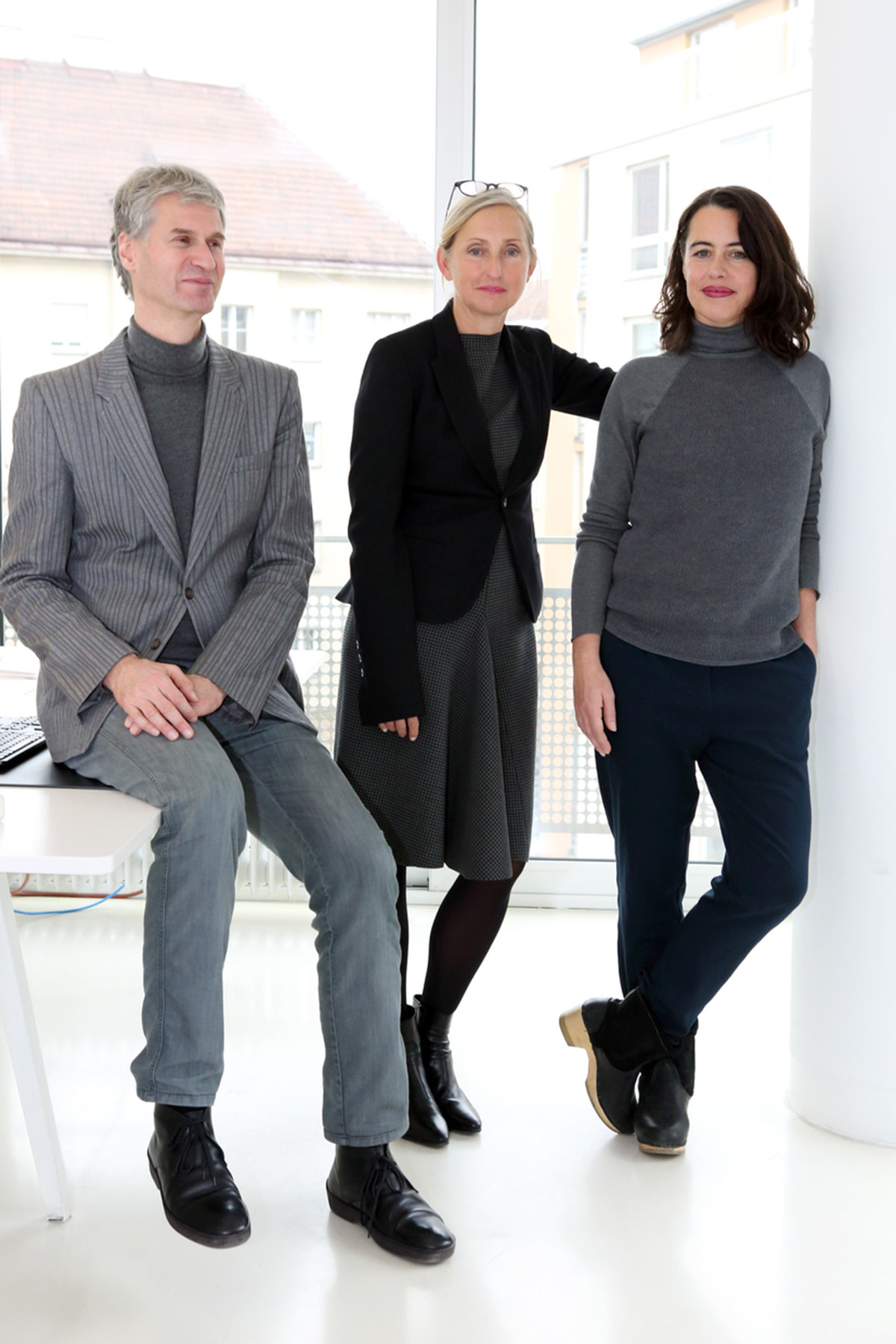
Curators. ''Places for People“. Christian Muhr, Elke Delugan-Meissl, Sabine Dreher.
However, while “Places for People” is about concrete people and concrete places, it makes no sense to develop solutions which fail to address the broader context. On the contrary: the specific task addresses general questions of vital importance. These include nothing less than how we want to live together in the future, how our cities, homes and public spaces should be designed and used and, not least, how architecture can continue to fulfil its civil role and remain relevant to society as a whole.

EOOS. Martin Bergmann, Harald Gründl, Gernot Bohmann. image © udo titz
“The way in which we will address this challenge is based on our skills in the design field - one of which we explicitly see as ‘social design’. Firstly, we have to clearly explain to our counterparts – whether these are the municipal authorities or an NGO - what we can actually contribute. That appears to be our first task. As we have been told, ‘hanging up pictures is something that we can do alone'' said Harald Gründl, EOOS.
“In any case, we will very carefully examine every immaterial pheno- menon – everything that is described as ‘service design’. Because such situ- ations and relationships that are not principally related to specific objects can generate enormous disorienta- tion and frustration. The ‘imma- terial’ dimension – the ‘software’.– is essential, and this term naturally also hints at the new technologies which also have a central role. As an object, the camp bed has existed for hundreds of years and, today we have access to new technology. The project should be seen in the creative space between these two phenomena” adds Harald Gründl, EOOS.

Liquid Frontiers. Sabine Dreher & Christan Muhr. image © raimo rudi rump
In the context of “Places for People” three Austrian architectural and design teams are addressing three different buildings which are already accommodating – or which are ear marked for the accommodation of – refugees, in close cooperation with the NGOs responsible for managing the properties. The participants were selected on the basis of their experience of similar tasks and in the expectation that a range of approaches would lead to a broad spectrum of ideas and proposed solutions.

Caramel Architekten. Günter Katherl, Martin Haller, Ulrich Aspetsberger.
“We see ourselves not as architects who - ignoring the needs of the broader population - primarily create beautiful architecture for very few people in a self-contained luxury segment. Even when we are designing single family houses or offices, the social dimension and the relationship with the community are central to our work. Naturally this also applies to the issue of refugees. If we only worked for the ‘happy few’, we would hardly have the expertise that we are now able to employ. For us, the opposite question applies: if we had nothing relevant to offer now, would we ever have anything relevant to offer?'' said Martin Haller, Caramel Architekten
“For us, there is no time limit. The Biennale may have a time limit but for us the project will then continue. In contrast with classical residential building which is regarded as fini- shed as soon as it is handed over, our heartfelt desire with this project is to remain engaged in a form of fieldwork over the longer term. We envisage a project lasting two or three years during which we will be able to sup- port and accompany this building and these people in some way. Only then will the learning process be complete and the time be right for a revival of the Biennale which will enable us to show what we can really do.'' said Günter Katherl, Caramel Architekten.
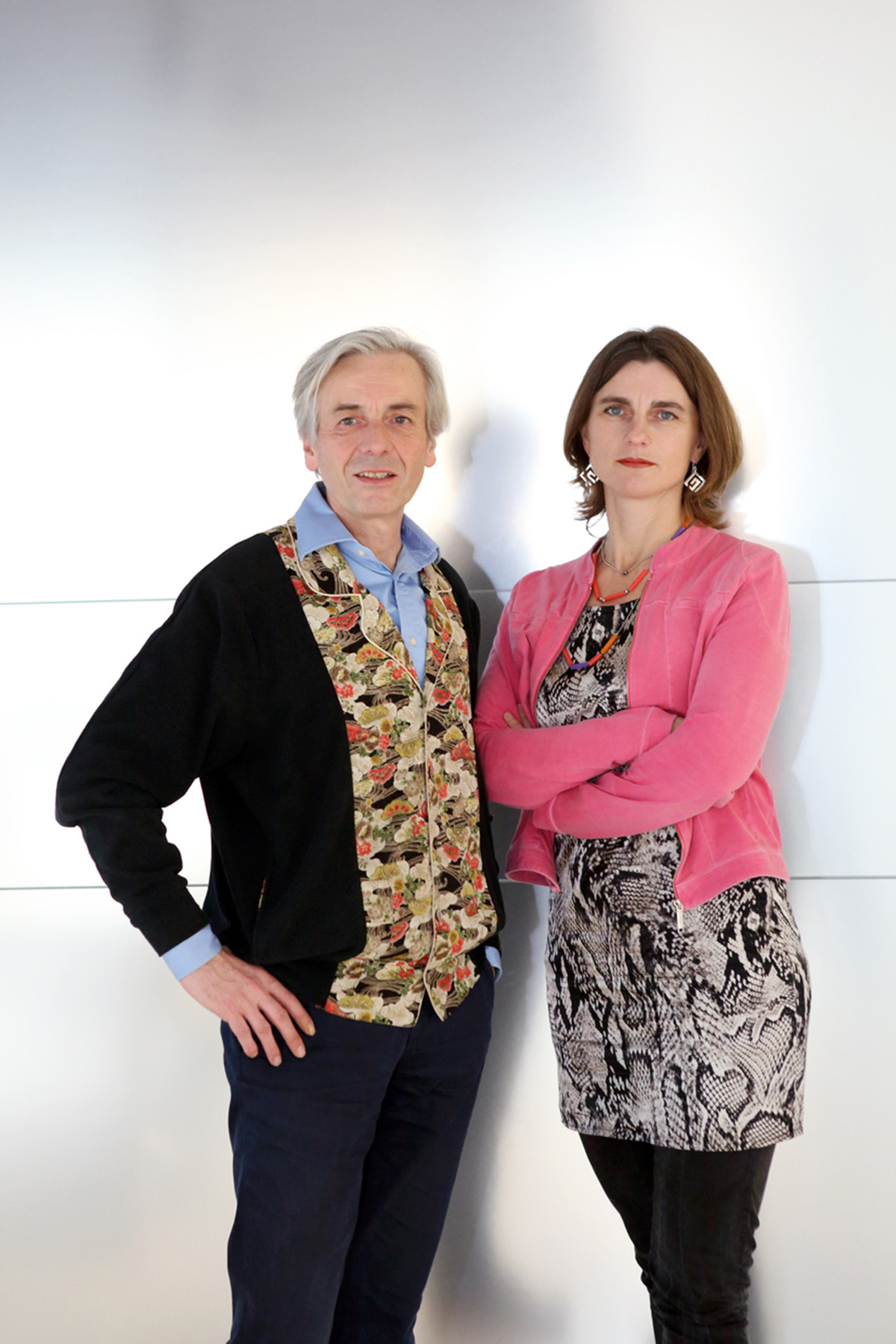
the next ENTERprise - architects. Ernst J. Fuchs, Marie-Therese Harnoncourt.
“When we, as architects, address this situation, our main focus must be on public space and infrastructure, because both factors have enormous meaning for our ability to live together. In addition to this, however, there is the general issue of communication, because integration is ultimately based on comprehension. The dis- semination of hate-filled messages naturally has a huge inf luence upon how public space is used. That is why the subject ‘Places for People’ is not only about place and the urban realm but also about language'' said Marie-Therese Harnoncourt, the next ENTERprise.
Due to the huge importance of the social, cultural, psychological, economic and legal context, the teams are working in an interdisciplinary manner and are in constant contact with involved experts. This approach should make it possible not only to improve the situation in the short term but also to develop models which focus more on the opportunities than on the limita- tions offered by these new realities.
The projects are being documented and will be presented in the Austrian Pavilion in Venice – and will also continue to be accompanied by the participants after the closure of the Biennale. Aside from these interventions, the public forum of the Biennale should also be used as a means of highlighting the many other initiatives in Austria which are both exemplary and full of promise for the future. To this end, the “Places for People” website also includes an area dedicated to the presentation of models of best practice.
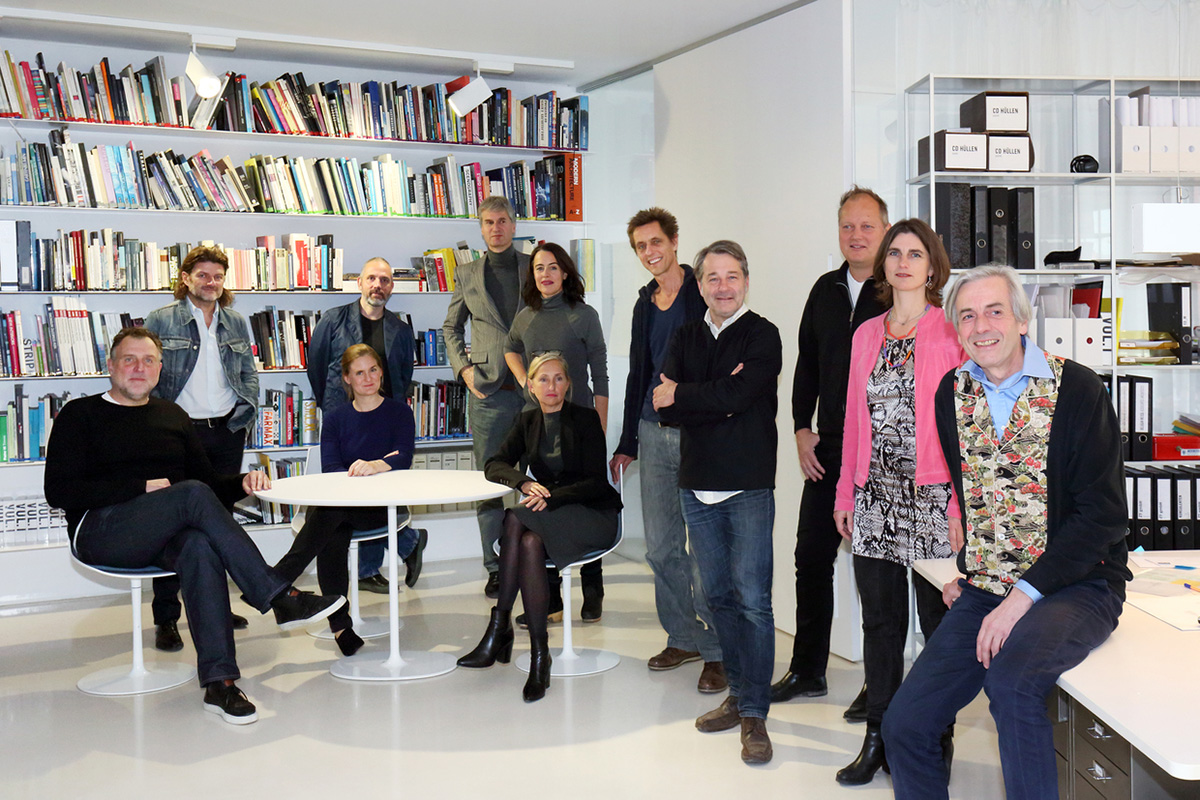
Team. Places for People
> via ortefuermenschen.at
